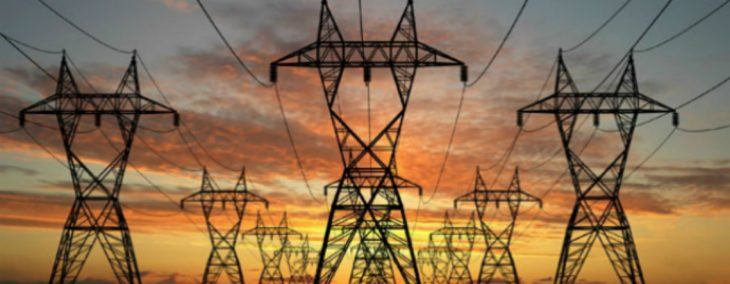Grid operators release mixed reports to meet summer electricity demand
by May 17, 2022 1:14 pm 1,604 views

Regional transmission organizations operating in Arkansas recently released projections for electricity generation this summer, and one expects insufficient resources to cover peak demand.
Carmel, Ind.-based Midcontinent Independent System Operator (MISO) plans to increase imports and possibly emergency resources to meet the demand amid warmer-than-normal temperatures forecasted in its footprint. The organization’s footprint includes 15 states, including Arkansas, and Manitoba, Canada.
The summer peak is expected to be 124 gigawatts, and MISO has 119 gigawatts of projected generation available.
According to a company spokesman, the MISO regions at elevated risk for temporary, coordinated power outages are the North and Central regions. The South region, which includes Arkansas, is not at the elevated risk this summer.
The spokesman said MISO had projected adequate resources last summer but noted the potential for increased uncertainty in 2023 and beyond.
In January, the organization released an updated report that identifies the primary threats to grid reliability and provided initiatives to address the risks. The Response to the Reliability Imperative report included MISO’s strategic priorities and plans for the next two years to address the challenges.
“Due in large part to decarbonization goals set by our members and the states in our region, our resource fleet is increasingly reliant on intermittent and weather-dependent resources,” said Wayne Schug, vice president of strategy and business development at MISO. “As this trend continues in the future, MISO needs to evolve the grid, our markets and our operational capabilities, which is just as complex as it sounds.”
The report is the organization’s response to “rapid policy- and economics-driven fleet change and to more frequent and severe weather events,” according to MISO. The report’s focus includes market redefinition, long-range transmission planning, future operations and market system enhancements.
Little Rock-based Southwest Power Pool (SPP) expects to have adequate generating capacity to meet demand this summer. SPP’s footprint comprises 14 states, including segments of western and northern Arkansas. MISO covers the remainder of Arkansas.
SPP expects electricity demand will peak at 51.1 gigawatts. Its mix of conventional and renewable generating sources accounts for at least 55.5 gigawatts of capacity. SPP’s record electricity demand was 51 gigawatts, set on July 28, 2021.
“SPP’s job is to prepare for both expected and unexpected scenarios that could affect electric reliability across our region,” said Bruce Rew, senior vice president of operations for SPP. “We work closely with our member utilities to make sure our forecasts are as dependable as they can be, and then maintain contingency plans and monitor the regional grid around the clock so we can respond quickly and effectively if things don’t go as planned. We know how much the 18 million people in our region depend on our services, and we do everything in our power to responsibly and economically keep the lights on.”
This summer, electricity use is expected to rise by 0.4% in the United States, from last summer, according to the U.S. Energy Information Administration (EIA). The rise over the summer months (June to August) can be attributed to continued U.S. economic growth.
Solar and wind power are projected to provide 11.1% of U.S. electricity generation this summer, up from 9.6% last summer. Solar and wind are the only sources that will increase their share of U.S. electricity generation this summer.
“High natural gas prices, limited coal supply and increased solar and wind capacity mean that renewables should play a larger role in the U.S. electricity mix this summer and throughout the year,” said EIA Administrator Joe DeCarolis.
According to the EIA, U.S. households are expected to pay about the same amount for electricity this summer compared to last summer.
